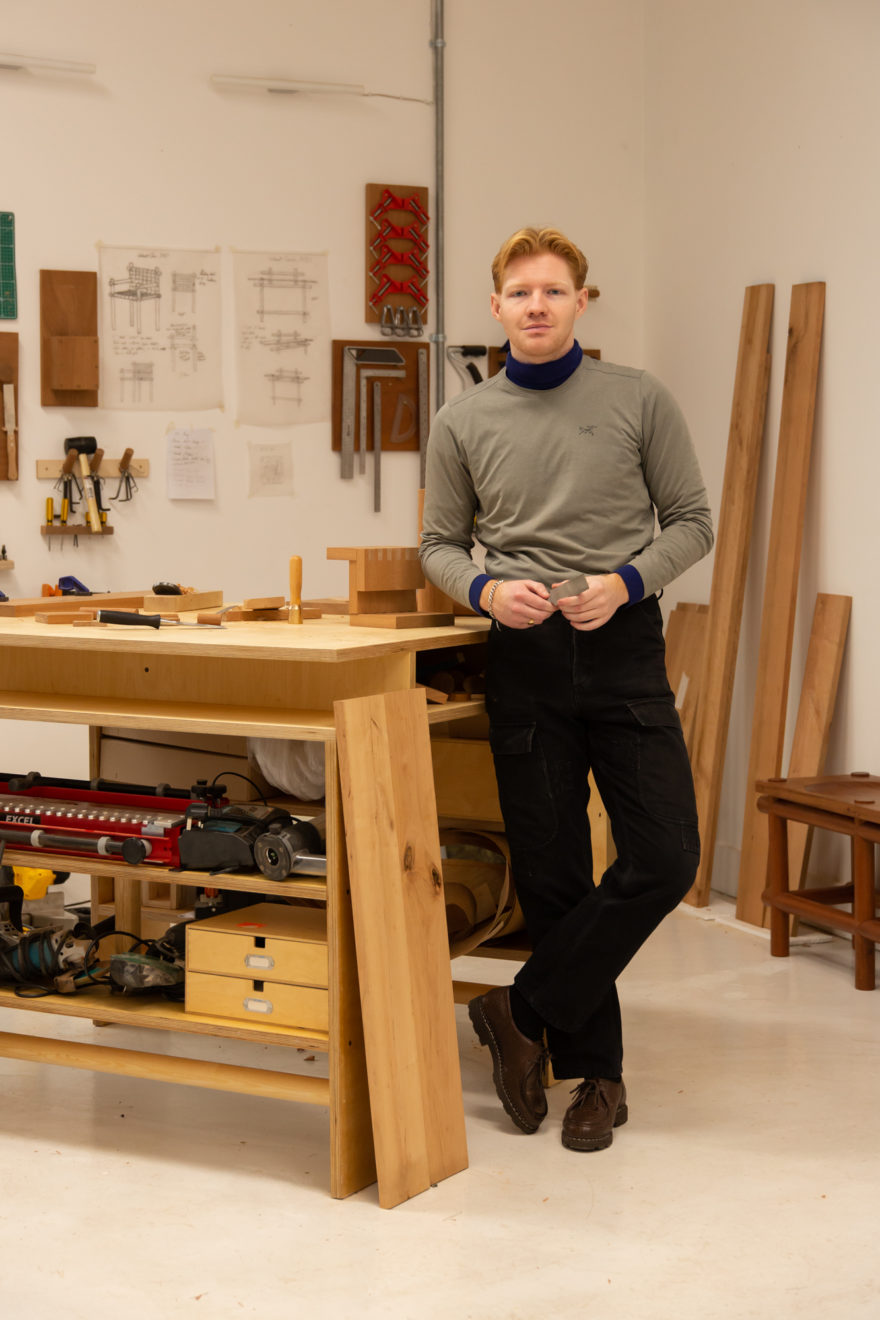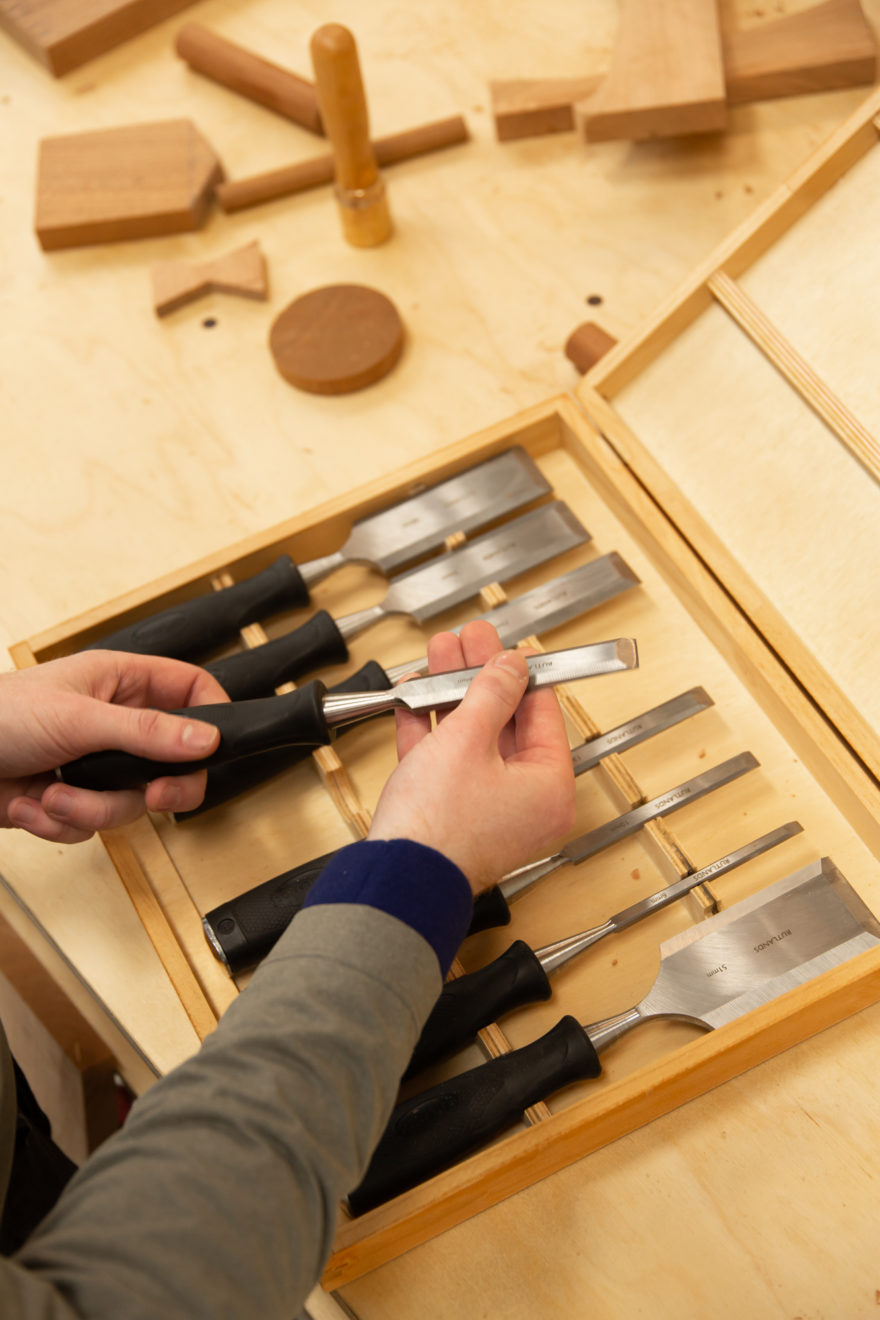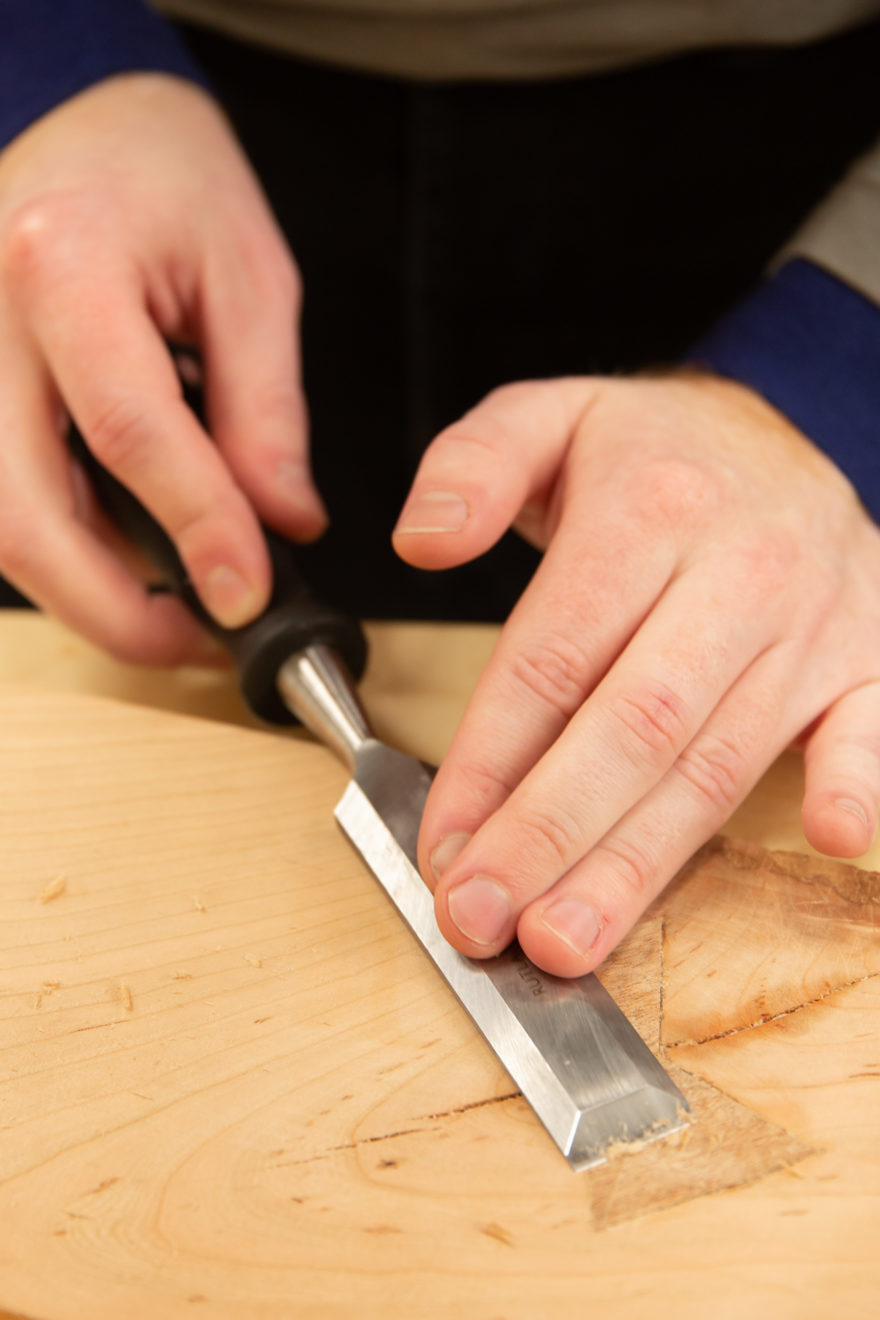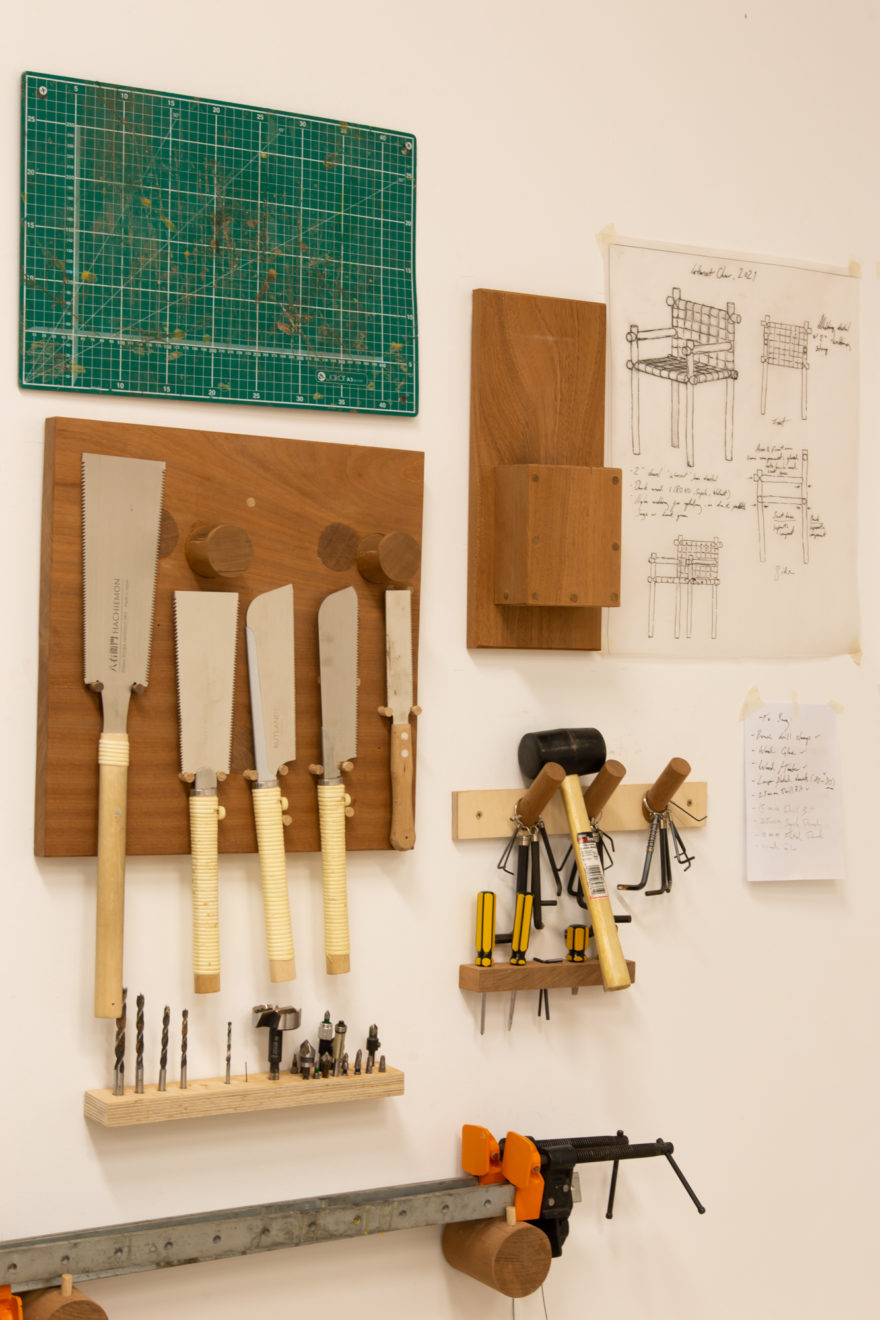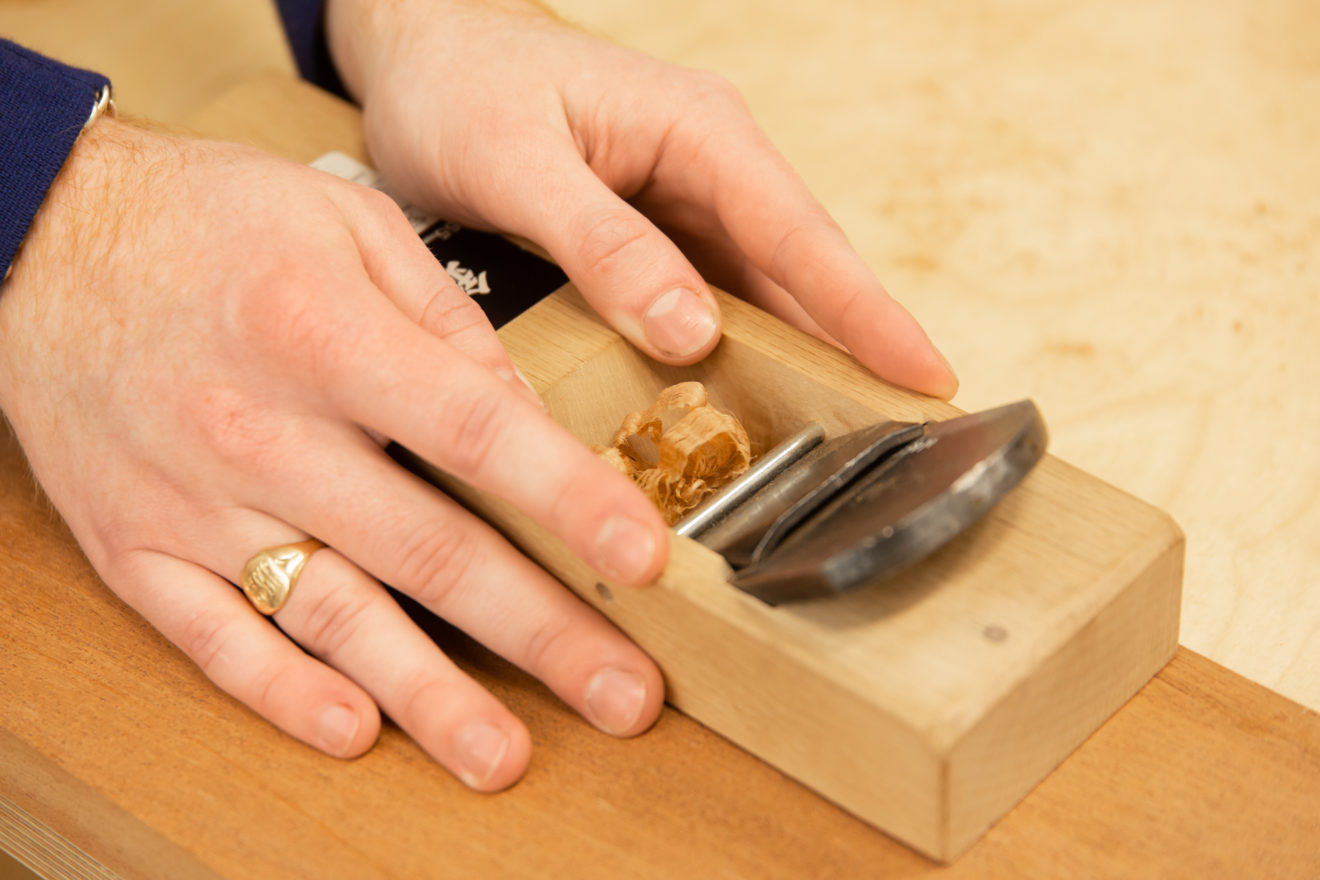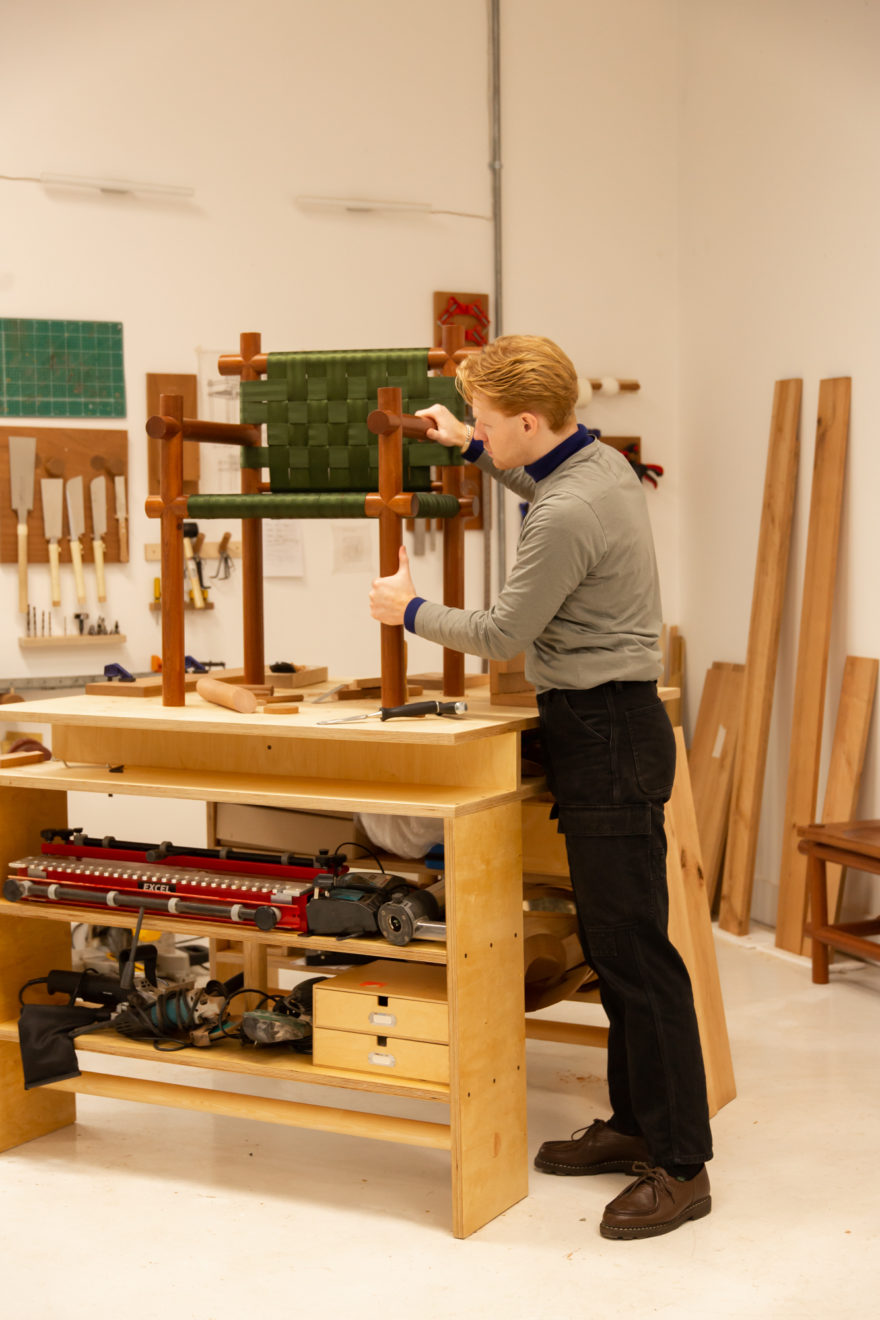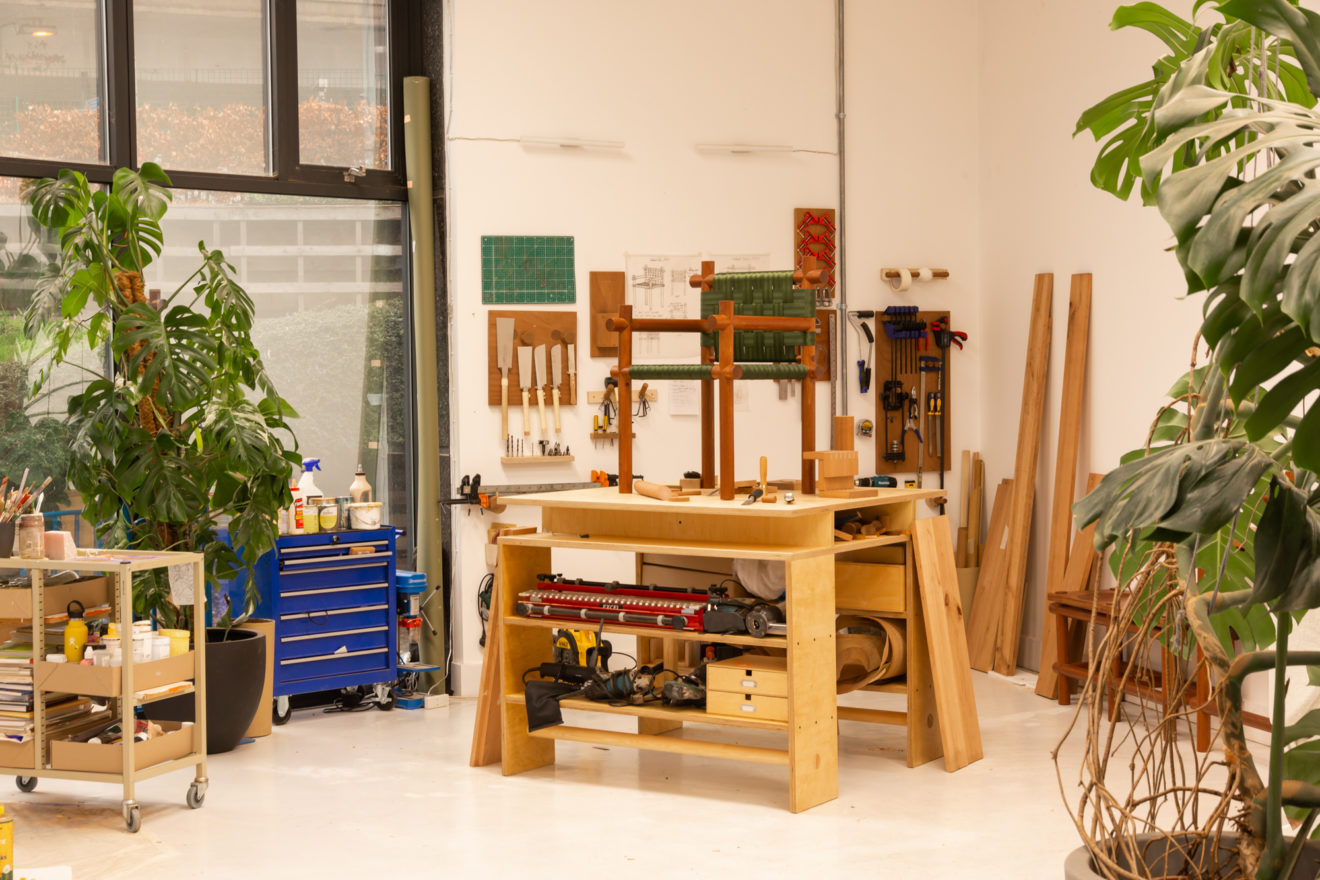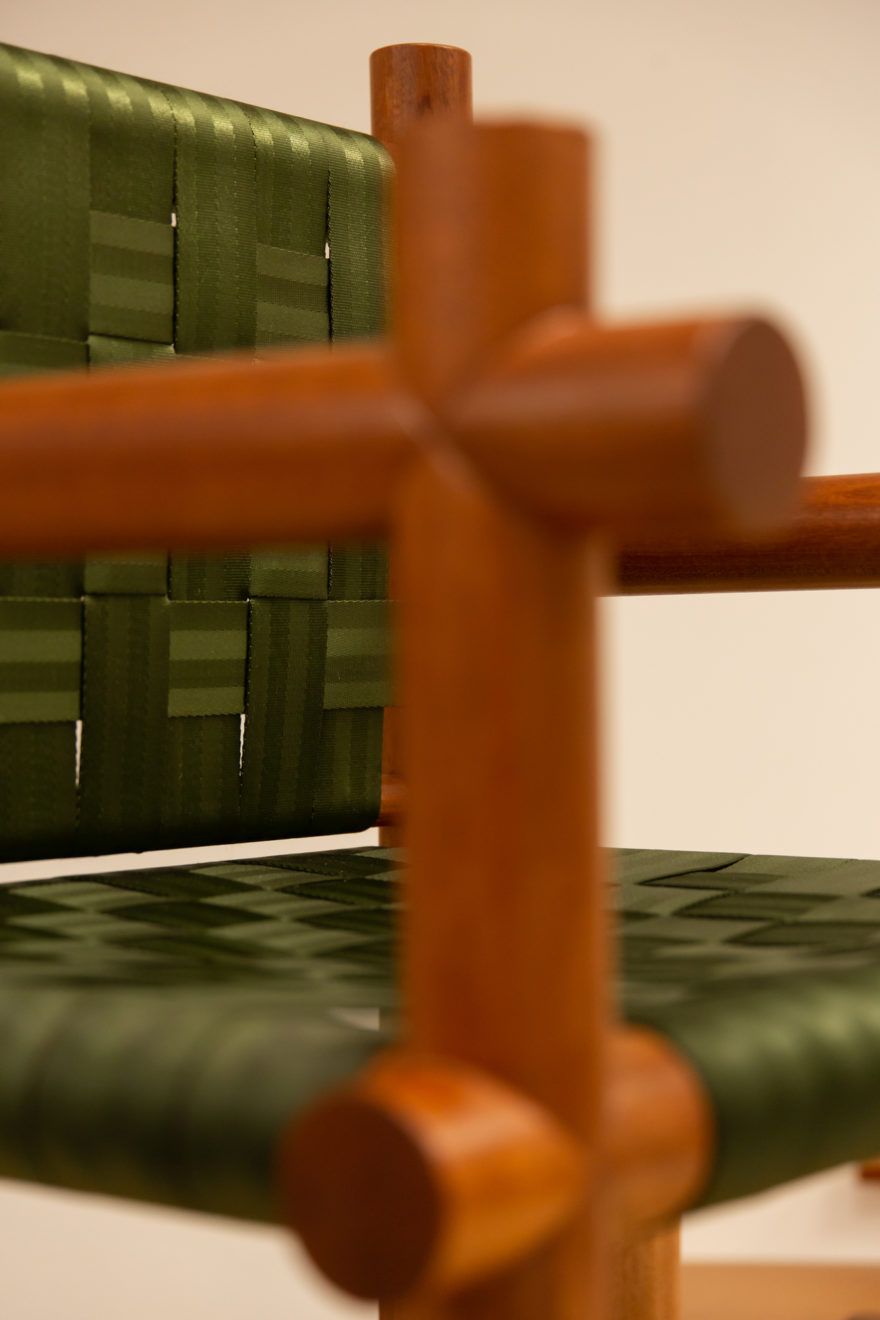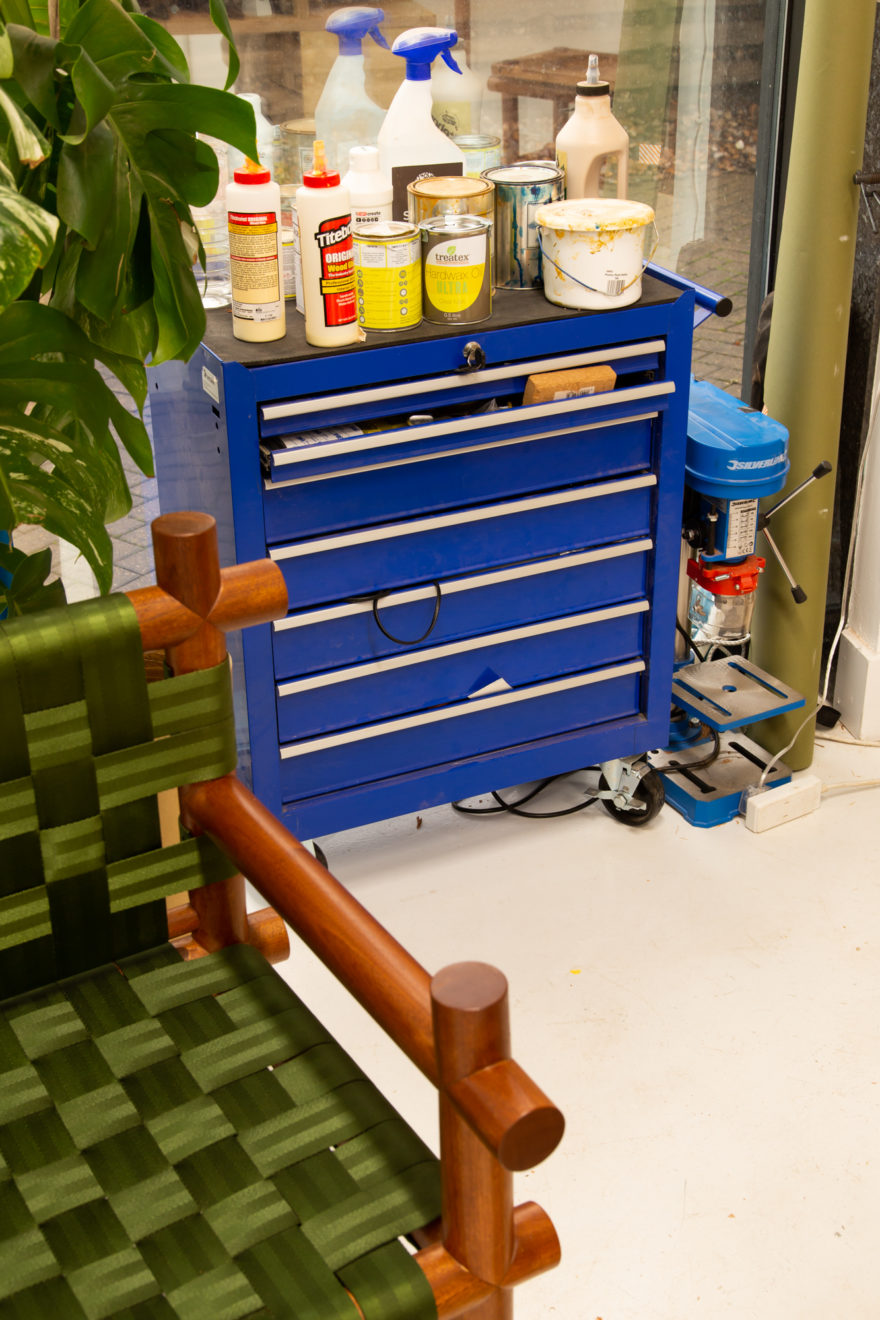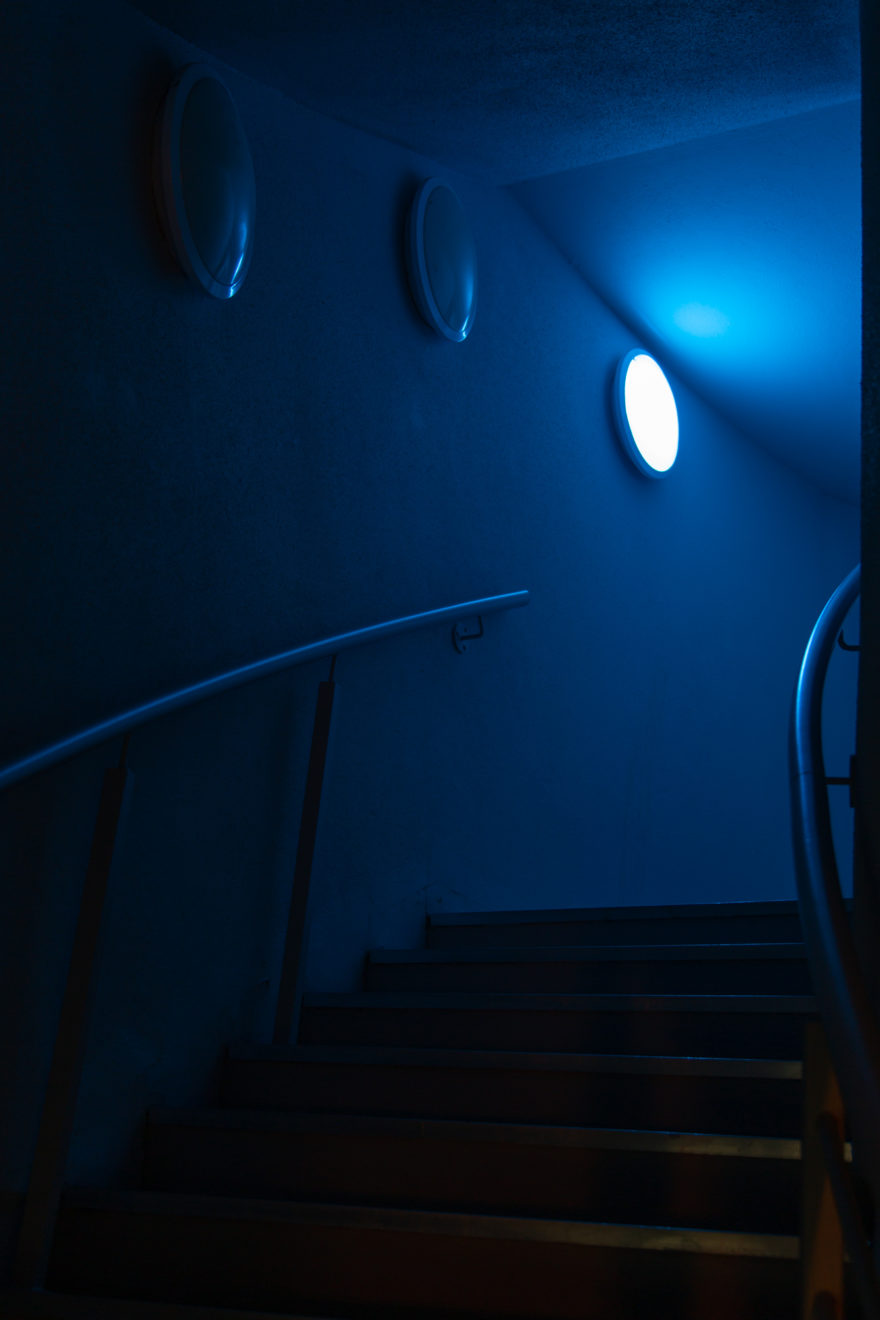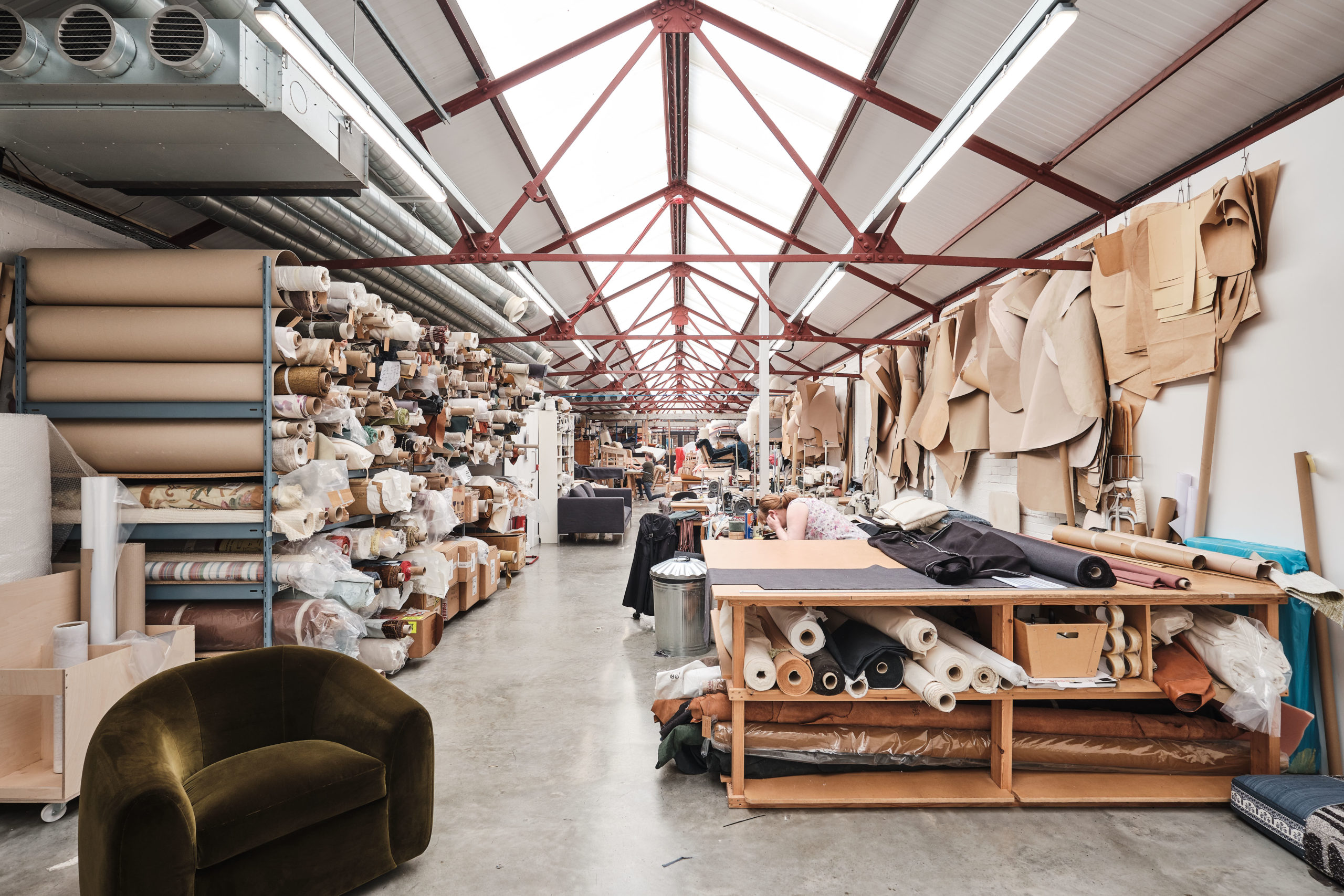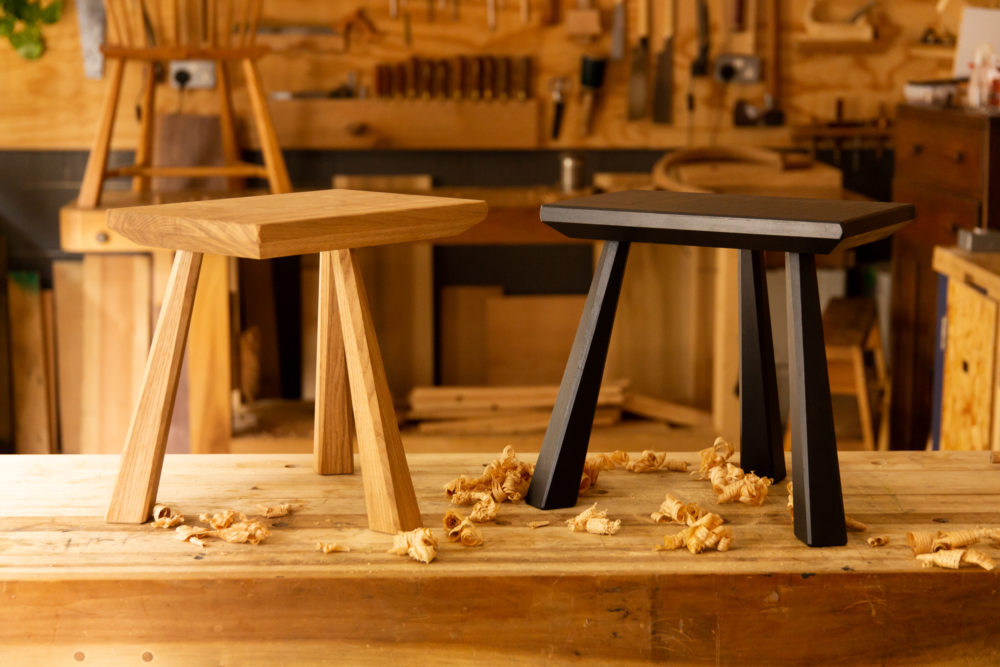Lewis Kemmenoe
Having graduated with a Masters Degree in design from the Royal College of Art, Lewis Kemmenoe now makes distinctive furniture and objects from his West London-based studio. Lewis’ work manages to evoke design trends of the past while maintaining a sense of longevity and timelessness. His acute appreciation of wood allows its natural beauty to thrive, with grain complemented against other materials, and celebrated in its finish. We caught up with Lewis in his studio to discover a little bit more about him and his work.
I always wanted to make make things with my hands. When I was a kid I used to spend hours making small maquettes out of paper of all sorts of things, and I guess in some ways what I’m doing now is an evolution of that desire to make things. I think that drive has slotted organically into my current output of furniture because I’m also really interested in functional design that contains a distinctive personality, which could be architecture, fashion, as well as wider design.
I think in quite a different way. When I studied fine art, I spent a lot of time justifying my work with a concept behind it. Now, I feel like because I’m predominantly producing functional objects the concept mostly exists in its form and function, which allows the work I’m making currently to define its purpose through form, function, materiality, presence and how a piece is interacted with.
From lots of different places. I often try to take inspiration from the creative direction of projects I like, rather than specific visual aspects. This can be from fashion, architecture, nature. I find that the creative direction and emotive side of projects articulates ‘feeling’ driven intentions and this is kind of what I want my work to be led by; rather than replicating forms as a starting place, the starting place comes from trying to evoke something like the atmosphere of a wood cabin in Big Sur, for example.
Currently, I normally start with developing a motif, an element that I feel can define the form of a piece that aligns within an aesthetic that I’m trying to evoke. For example, with the new collection it was the ‘intersect’ cross joint that I was working on. After that, it’s a case of using that element to initiate the rest of the silhouette of the furniture.
Tone wise, very important. I guess it’s the same as for a painter or a fashion house using a palette that can ultimately, after repeated use, become part of the aesthetic of the designer. I’m also really interested in grain and I’m currently working on new pieces that use the grain of the wood to define the form of the furniture.
Working really closely with a brand that I like to produce furniture that aligns with their brand identity. I love Lemaire’s clothes and palettes, so designing store interiors to work with their clothes would be pretty amazing. I’d also love to make furniture that could fit seamlessly in a similar way with architectural projects that I really like.
I’d say so far, probably the Intersect Chair in the new collection, mostly because it ticks a lot of the boxes I want my designs to achieve. In terms of it being a piece that’s usable in multiple environments but also has ‘atonal’ elements that abstract its form and define its aesthetic.
Historical figures such as George Nakashima, Noguchi, Charlotte Perriand, Jean Royère and more contemporary designers like Max Lamb and Geatano Pesce.
I want my current pieces to bring a sense of decoration blended with usability, whilst evoking a lot of the inspirations that I’ve been ruminating on whilst designing them.
I’d say mostly if you have that desire to just make something, follow that and see where it goes.

